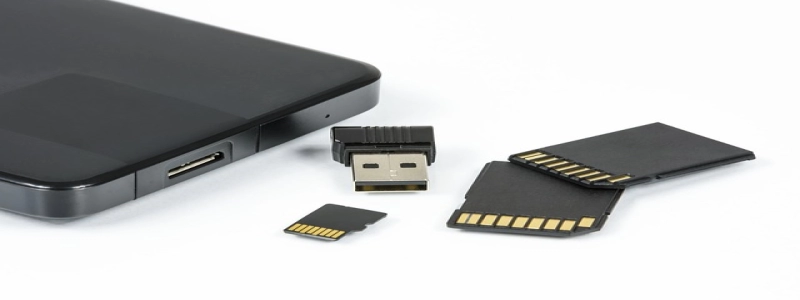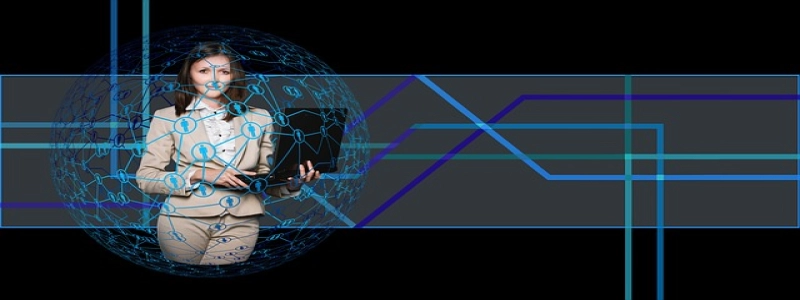How Far Can You Run Ethernet Cable Without Losing Speed?
introduzione:
Ethernet cables are widely used in networking to establish a reliable and fast connection between devices. They are essential for ensuring high-speed internet access, file transfers, and smooth communication. Tuttavia, there is a limitation to the length of an Ethernet cable, beyond which there may be a loss in speed and signal quality. In this article, we will explore how far you can run an Ethernet cable without experiencing any loss in speed.
IO. What Factors Affect Ethernet Cable Length?
Before determining the maximum length, it is important to understand the factors that can affect the performance of an Ethernet cable. These factors include:
1. Cable Category: Different categories of Ethernet cables (e.g., Cat 5e, Cat 6, Cat 6a) have varying capabilities in terms of frequency response and interference resistance. Higher category cables generally perform better over longer distances.
2. Signal Degradation: As an Ethernet signal travels through the cable, it encounters resistance, capacitance, and other factors that can cause a loss in signal quality. This degradation becomes more prominent as the cable length increases.
3. Interference: External factors such as electromagnetic interference (EMI) and radio frequency interference (RFI) can impact the signal quality and cause packet loss or reduced data transfer rates.
II. Recommended Maximum Cable Lengths:
Based on industry standards and best practices, the following are the maximum recommended lengths for different categories of Ethernet cables:
1. Cat 5e: Up to 100 meters (328 feet).
2. Cat 6: Up to 55 meters (180 feet).
3. Cat 6a: Up to 100 meters (328 feet).
These lengths are determined to ensure optimal performance, minimal signal degradation, and compliance with Ethernet standards.
III. Beyond the Recommended Maximum Length:
While the recommended maximum cable lengths are generally sufficient for most networking scenarios, there are ways to exceed these limits with the help of additional hardware. For example:
1. Ethernet Extenders: Ethernet extenders can be used to transmit Ethernet signals over longer distances by amplifying the signal or converting it into a different format.
2. Fiber Optic Cables: Fiber optic cables offer significantly higher bandwidth and can transmit data over much longer distances without any significant loss in speed. Tuttavia, they require specialized equipment and tend to be more expensive than traditional Ethernet cables.
It is important to note that extending the cable length beyond the recommended maximum can potentially lead to reduced speeds, increased packet loss, and degraded signal quality. Therefore, it is crucial to evaluate the specific requirements of your networking setup and consult with professionals before utilizing these techniques.
Conclusione:
Ethernet cables are an essential component in modern networking setups. While they offer reliable and fast connections, there are limitations to the length of the cable before experiencing a loss in speed. By following industry standards and considering additional hardware such as Ethernet extenders or fiber optic cables, it is possible to extend the cable length while maintaining an acceptable level of performance. Tuttavia, it is crucial to understand the potential trade-offs and seek expert advice to ensure optimal network performance.








